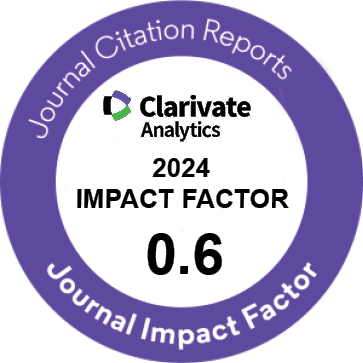| Original Article | |
| A Qualitative Comparison of Long- and Short-acting Hormonal Method: Users’ Perspectives on Method Selection in Rural Guatemala | |
| Kirsten Austad1, 2, Pooja Shah1, Hannah Shryer1, Peter Rohloff1, Anita Chary1 | |
| 1Wuqu’ Kawoq | Maya Health Alliance, 2da Avenida 3-48 Zona 3, Barrio Patacabaj, Tecpán, Chimaltenango, Guatemala 2Department of Family Medicine, Boston University School of Medicine, 72 East Concord Street, Boston MA 02118 |
|
|
IJWHR 2020; 8: 338-346 DOI: 10.15296/ijwhr.2020.55 Viewed : 2863 times Downloaded : 3038 times. Keywords : Contraception, Family Planning, Reproductive Health, Indigenous, LARCs |
|
| Full Text(PDF) | Related Articles | |
| Abstract | |
Objectives: While short-acting hormonal contraception (SAHC) remains the most popular form of modern contraception in most low and middle-income countries (LMICs), the use of long-acting reversible contraception (LARCs)—specifically implants—is rising globally. A better understanding is needed of the factors influencing users’ method selection and satisfaction. In this qualitative study we compared experiences, preferences, and needs of current LARC and SAHC users. Materials and Methods: We administered a survey and semi-structured qualitative interview focusing on determinants of method choice to 12 current implant users and 12 current SAHC users from a rural Maya community in Guatemala. Results: Dissatisfaction with SAHC side effects was a major driver of method switching for current LARC users. SAHC users endured side effects of their methods to prevent pregnancy. The two groups held different perceptions of risks associated with LARCs. Neither group perceived LARC methods to be intrinsically more effective than SAHCs. Rather, women understood efficacy in terms of personal and individual experience with a method. Both groups valued user autonomy in method initiation, continuation, and termination. Conclusions: We found important similarities and differences between LARC and SAHC users that can help family planning counselors in LMICs understand women’s method preferences. Future research should explore how to counsel women on method efficacy and how to ensure women’s autonomy within resource-poor service delivery environments.
Supplementary Materials |
Cite By, Google Scholar
Google Scholar
PubMed
Online Submission System
 IJWHR ENDNOTE ® Style
IJWHR ENDNOTE ® Style
 Tutorials
Tutorials
 Publication Charge
Women's Reproductive Health Research Center
About Journal
Publication Charge
Women's Reproductive Health Research Center
About Journal
Aras Part Medical International Press Editor-in-Chief
Arash Khaki
Mertihan Kurdoglu Deputy Editor
Zafer Akan























